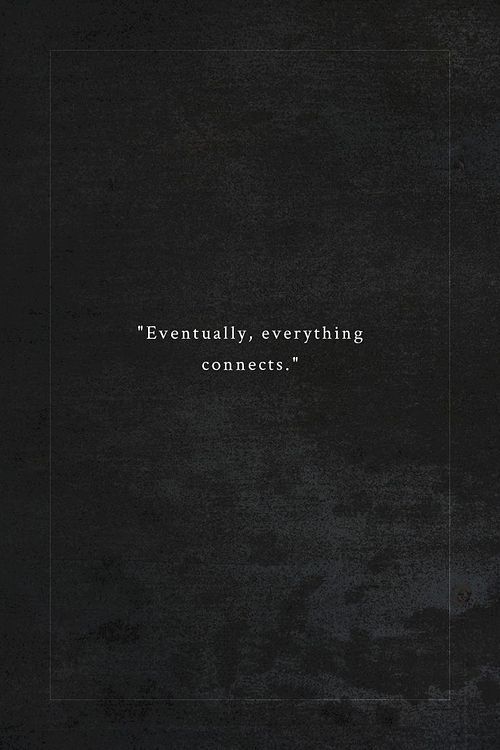The synthesising mind, the disciplinary mind, the creating mind, the respectful mind and the ethical mind. According to Howard Gardner these are the “minds” you need to succeed in the near future and in retrospect represent different types of intelligence that should be present in our thinking.
Synthesising – Being able to gather information and idea from multiple places in a generative manner and then communicating them to others
Ethical – Considering your role and it’s affect on the those around you – working together
Creating – Put forth innovative and new ideas, ask fresh questions, thinking outside the box
Respectful – Acknowledges the difference between opinions and people
Disciplinary – The mindset of perseverance, to practice a task until done well
These five minds might seem simple enough might take a little more work to achieve. It’s easier enough for me to do this with my own workplace however when it comes to school work I found myself slacking in certain areas and mindsets. This might be due to the environment – I get paid to work but not paid for school work, or that I simply find the type of work easier in one environment and the other more difficult. However, it think it’s due to consistency, disciplinary mind should be the first one to put into play whenever you begin a task/job, working continuously at a singluar role will aid you through experience and memory. Then respectful and ethical mind and so you can make connections and grow in your role and finally creating mind, for when you are confident and comfortable in your role so you are able to make better judgements.



 As you can see from the image, the first section is always worth 34%, then 14% and then 2%.
As you can see from the image, the first section is always worth 34%, then 14% and then 2%.
